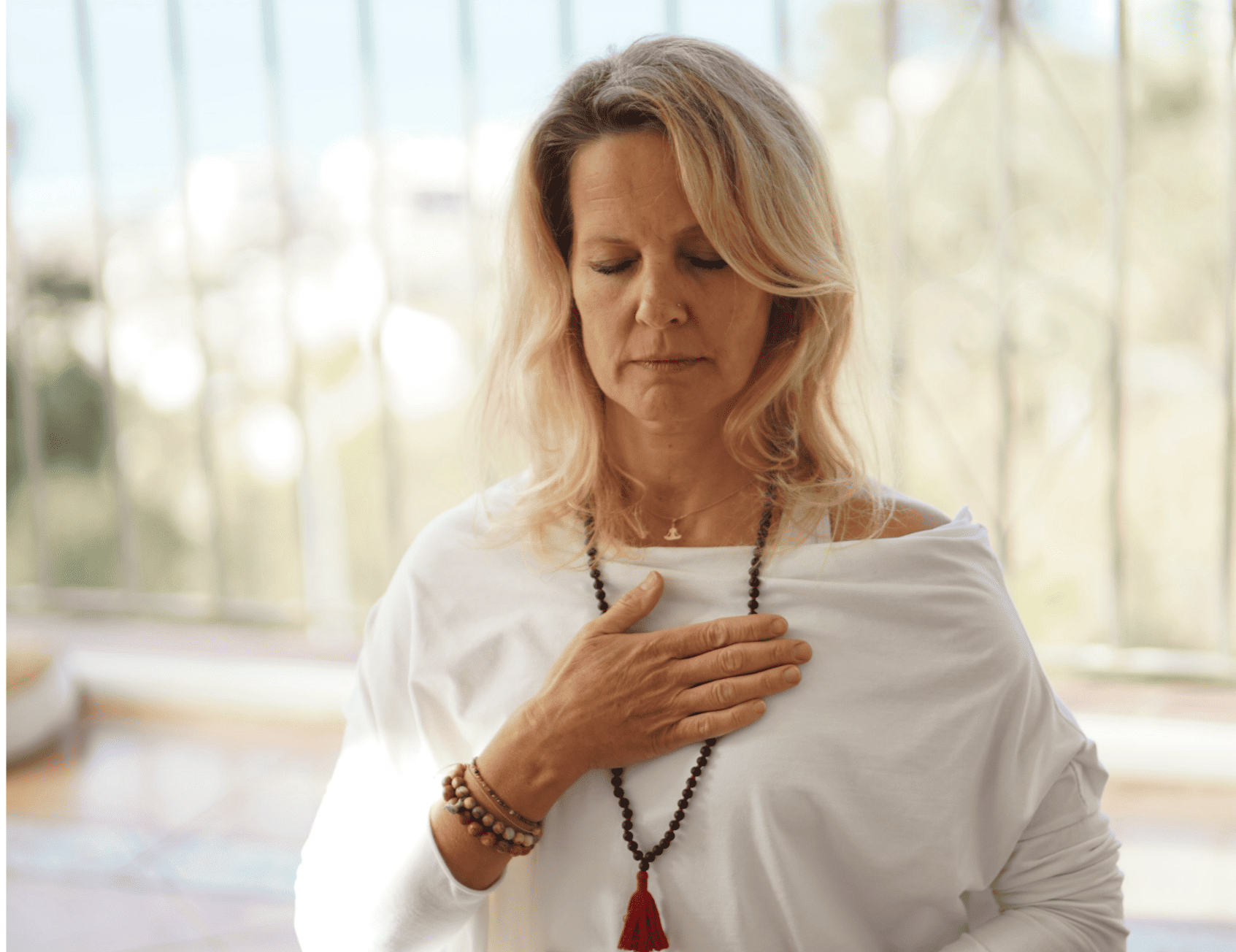Our retreat in Bali has been an amazing experience on many levels.
We have really enjoyed the peaceful, hospitable and calming, at the same time absolutely reviving energy of the island and it’s people.
We have moved on the mat daily and each of the participants have had amazing physical breakthroughs.
We breathed, we meditated and some amazing insights were shared.
We spoke about the amazing yogic philosophy of the inner fight we go through everyday, and how to use the tools given in the ancient scriptures to help us in that inner battle, allowing us to live more conscious and spiritual life daily.
We also focused on letting go of what did not serve us anymore.
We all have things, thoughts, habits, rituals we carry around, knowing they are just a weight to us, but it seems so difficult to set an intention and put in the action to let go of the old to make space for the new… but does it really have to be so hard?
Beginning of the new year brings most of us towards reflexions over the one that has just finished. It also makes us think how we would like to upgrade our life in the new year. It is such a great time for a change we have been longing for.
At the retreat we had an amazing opportunity to take part in a water blessing under the waterfall where we could use our contemplation from the practices on what did not serve us anymore and let go of it with the flow of the water running over us.
It was a beautiful ceremony and we did feel weight off our chests and minds so profoundly afterwards.
But we can also do it anytime, anywhere. We do not have to travel to Bali. (Although the sensations are much stronger there).
To practice at home letting go of the old that does not serve you anymore and making space to bring in the new:
- Sit down, close your eyes and stay with your natural breath for a moment. Then slowly extend your breath, inhaling for 4 seconds, exhaling for 4.
- After a few moments start elongating the exhalation even more, first to a count of 6 and then, if comfortable, increase to a count of 8. Keep that breath going for a while. Inhale 4, exhale 8 (if too long do a ratio of 3/6).
- Keeping the breath going feel the physical tension slowly leaving your body. Then start reflecting on what is not serving you anymore…. with each exhalation release it from your body, from your mind. Continue letting go all that comes to you… till you feel lightness, pleasantness, spaciousness inside.
- Resume normal breathing and sit in this beautiful, emptied space for a while.
- Then go back to the long, even breaths. Inhale for a count of 4, exhale for a count of 4.
- Think of what you would like to bring more of into your new year.
- With each inhalation feel yourself filling up with exactly that.
- Keep the breaths going till you feel yourself filled up to the brim with the new. Resume normal breathing and stay in that space for a while.
Once you are done you can journal your reflexions.
Have an amazing, purposeful and intentional New Year.
If you would like to work on your goals individually, in a more structured way, to create new habits that will bring the change in your life that you need, schedule your free call with me to discuss it at: www.calendly.com/boostbykasiagendis








